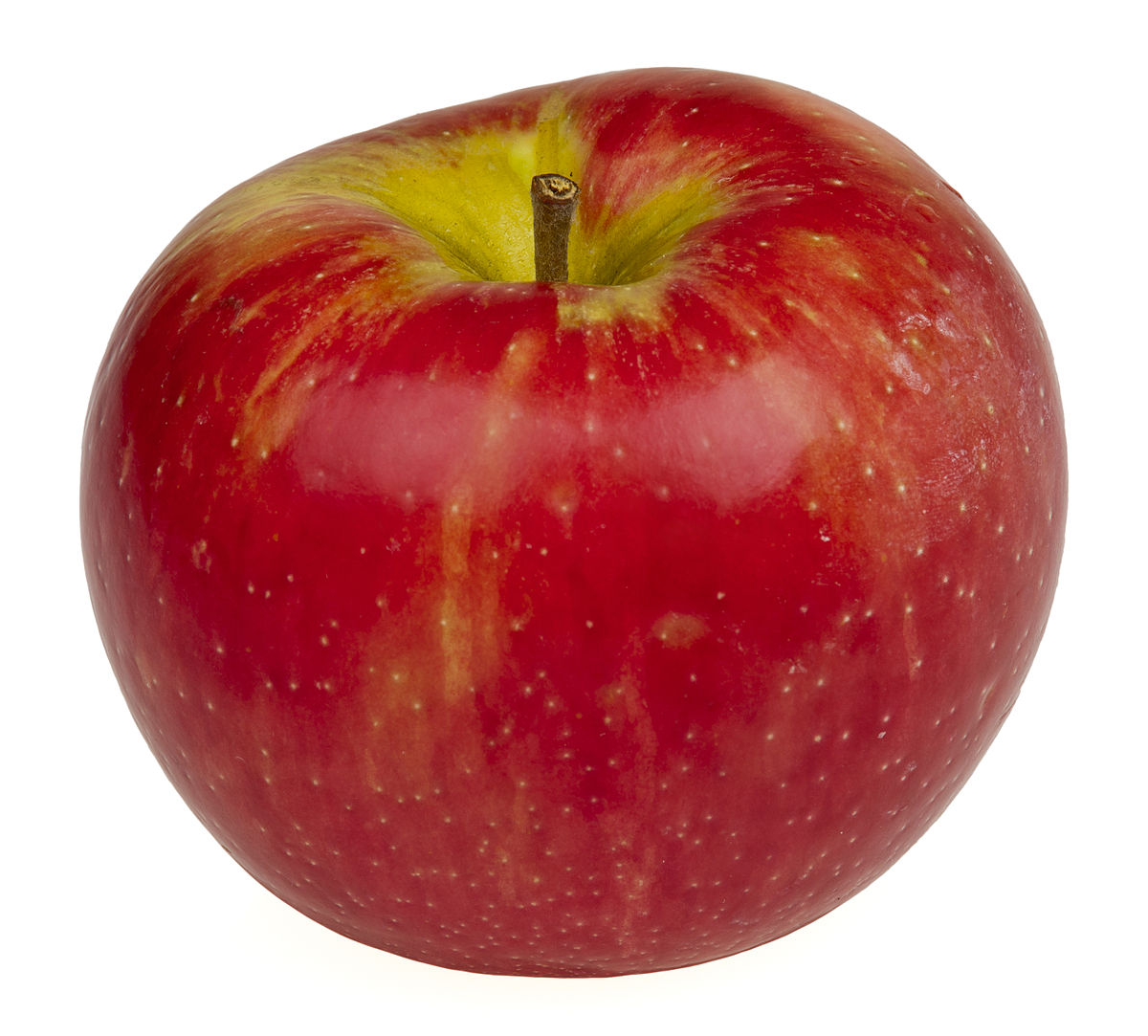 Apples and Honey are a beloved Rosh Hashanah (Jewish New Year) treat, tradition and theme. Everyone knows the reason for the honey – so that our new year should be sweet. But why apples?
Apples and Honey are a beloved Rosh Hashanah (Jewish New Year) treat, tradition and theme. Everyone knows the reason for the honey – so that our new year should be sweet. But why apples?
Last year we explained that it may have to do with the unique hot and cold season optimum for apples (and the life-lesson associated with it), which makes them particularly suited for places like New York State, Michigan and Washington State.
This year we’ll try a different apple angle, this idea has to do with the crispness factor. Interestingly, studies have shown that people often prefer a crisper apple over a tastier apple. Much apple research has gone into developing an apple with a crisper bite.
Now there’s a difference – I’ve learned – between crispy and crunchy: granola bars or potato chips are crunchy, because it has crunch all the way through, whereas an apple or a good french-fry is crispy because while there is that desired resistance on the outer layer, once you bit in there’s a softer or juicier inside.
There’s a lot of thought as to why human beings seem to crave or especially enjoy a crispy effect in food. Some say its coded into our evolutionary biology, bringing us back to the crisp finish on things grilled by fire. Or perhaps its because of this juxtaposition, softer within and harder at the edges, that is intriguing to our taste buds and palate. If so, this may lend some meaning to why we dip apples in honey on Rosh Hashanah, for it can symbolize that crispness of challenge, the resistance of a difficulty that – once we get past that – reveals the juiciness within.
Many of us like our apples to be crisp, and while we might prefer an easier life, people tend to appreciate a challenge and hopefully grow from it. Even the sweetness of honey comes from a bee which has its stinger. Perhaps this is another meaning of using an apple, where crispness (that initial resistance, tighter yet edible and tasty exterior) is a desirable factor.
We’ll have to post it someday, but this idea runs similar to what we’ve explained about “The Anatomy of a Bagel’ (and how that explains a Talmud Story in tractate Sanhedrin).
